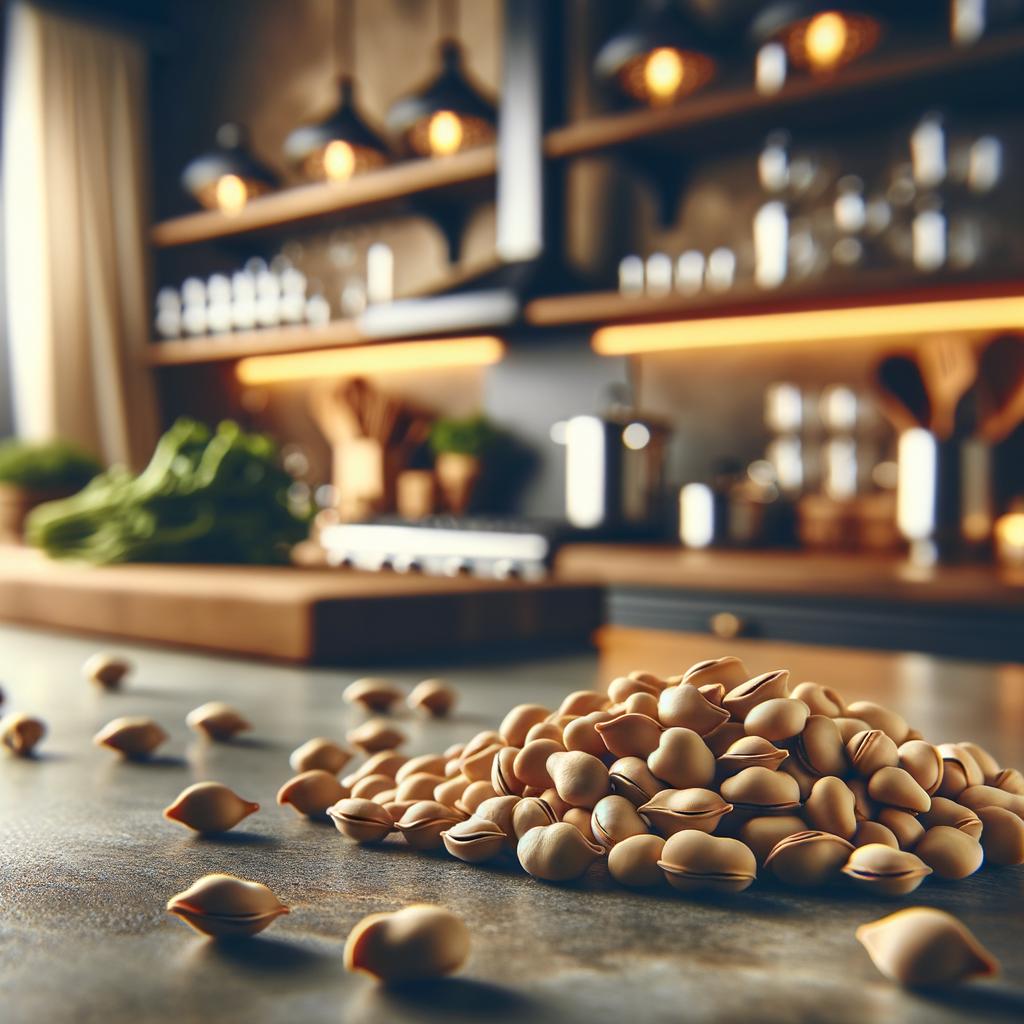Dried Fava Beans

Description
Dried fava beans, also known as broad beans, are a culinary delight with a history as rich as their flavor. These legumes, encased in a sturdy, light brown shell, are about the size of a large marble. Once peeled, the beans reveal a creamy interior that's both smooth and slightly grainy in texture. The flavor profile of dried fava beans is unique, offering a subtle nutty taste with an earthy undertone, which becomes more pronounced after cooking. What sets dried fava beans apart from other legumes is their versatility. They can be used in their whole form, split, or even ground into flour, opening up a world of culinary possibilities.
Primary Uses
Dried fava beans are a staple in many cuisines around the world. In Middle Eastern cuisine, they are the star ingredient in ful medames, a hearty, flavorful dish often enjoyed for breakfast. Italian cooks use these beans in pasta dishes like "pasta e fave", and in the UK, they are commonly used in stews and casseroles.
Beyond their culinary uses, dried fava beans have also found a place in traditional medicine. In some cultures, they are believed to aid in liver detoxification and improve cardiovascular health. Their cultural significance extends to certain Mediterranean countries where they symbolize abundance and are used in celebratory dishes during spring festivals.
History
The history of dried fava beans is steeped in antiquity. They are believed to have been cultivated in the Middle East and North Africa around 6000 BC, making them one of the oldest domesticated crops. In Ancient Rome, these beans were highly valued and used in voting, a testament to their importance in society. Over time, the use of dried fava beans spread across continents, and they became a staple in various cuisines.
There's a charming folklore associated with fava beans in Sicily. It is said that during a severe drought, the fava bean was the only crop to survive, and thus it was considered magical and a sign of good luck. To this day, a dried fava bean is often included in a St. Joseph's Day altar as a symbol of good fortune.
Nutritional Information
Dried fava beans are a nutritional powerhouse. They are packed with protein, dietary fiber, and B vitamins, particularly folate. They are also rich in minerals like iron, magnesium, and manganese. These beans are low in fat and free from saturated fat, making them a heart-healthy choice.
The high fiber content in fava beans can aid in digestion and help regulate blood sugar levels. However, it's worth noting that fava beans contain a compound called levodopa, which can interact with certain medications and may cause an adverse reaction in individuals with a genetic condition known as G6PD deficiency.
Compared to similar legumes like lentils and chickpeas, fava beans offer a higher amount of protein and dietary fiber, making them a nutritious addition to any diet.
As a mother, a chef, and a food historian, I can't help but marvel at the humble dried fava bean. Its rich history, culinary versatility, and impressive nutritional profile make it more than just a food ingredient - it's a testament to our shared human experience.

